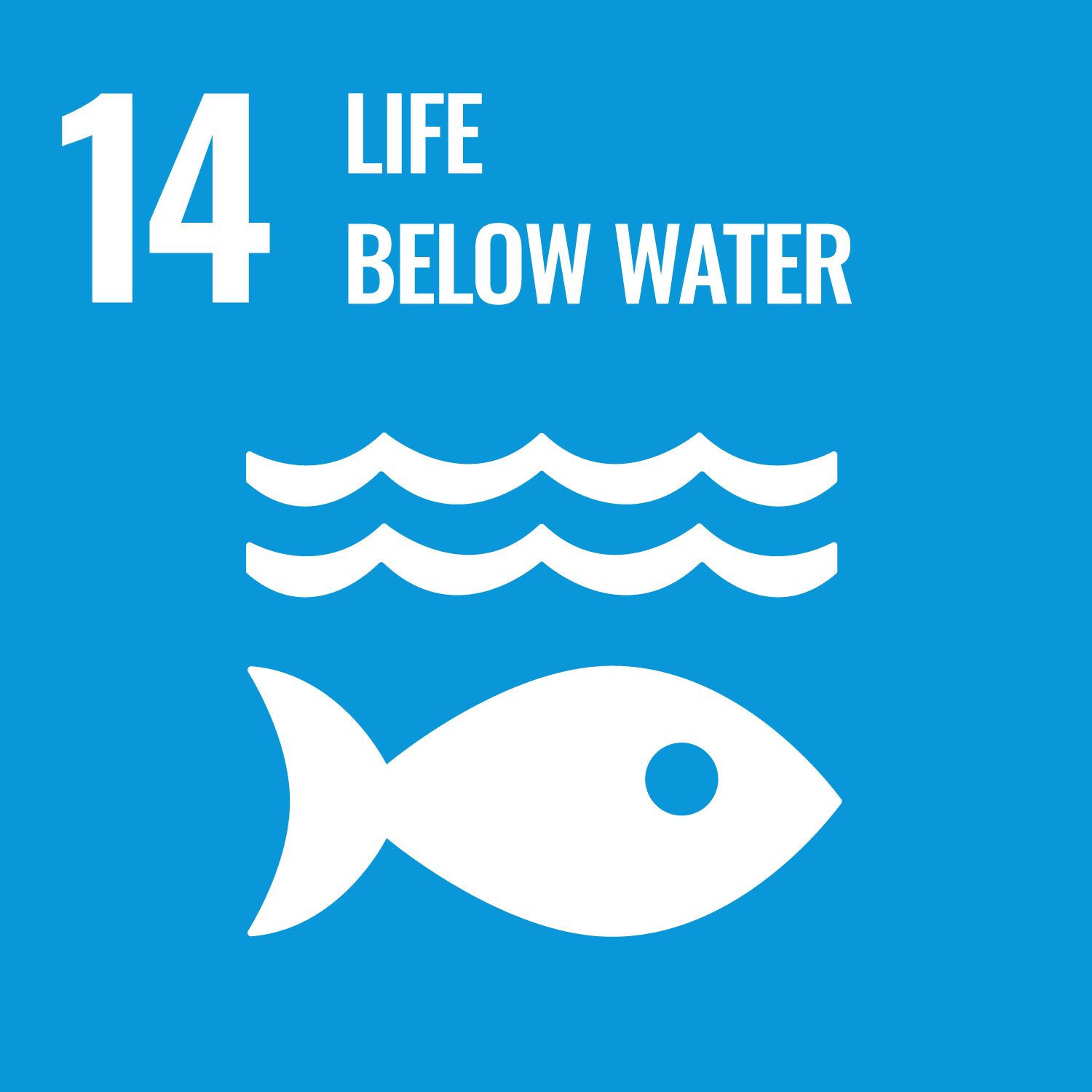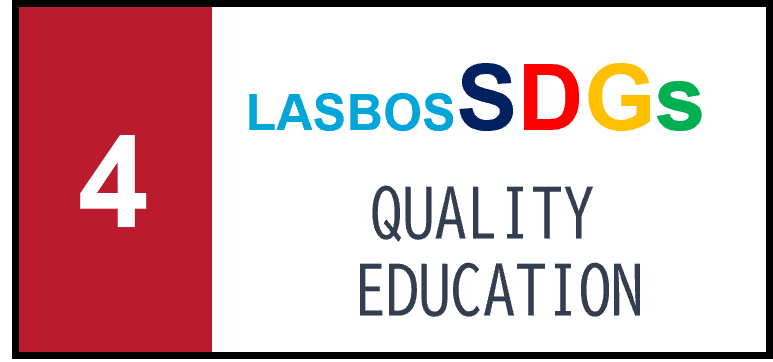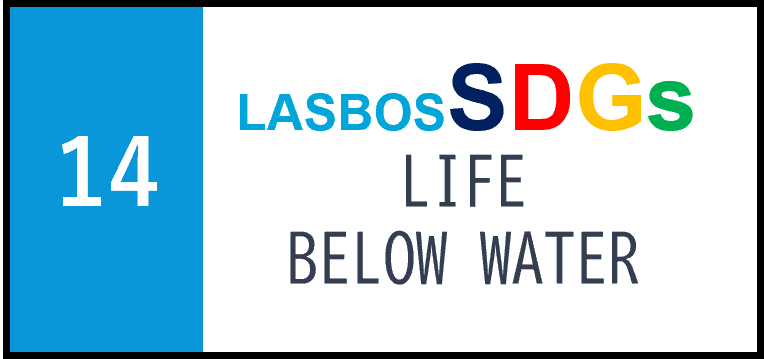Scroll down for YouTube videos.
Contents
- Environmental Analysis Chemistry (Introduction)
- Using Analytical Tools
- Using the pipette (Be sure to follow)
- How to use the pipette (How to use it correctly)
- Prepare the standard sample using a precision electronic balance.
YouTube videos are available.
- Analytical methods and principles
- Dissolved Oxygen Measurement (Water Sampling Procedure and Titration Procedure)
- Measurement of Dissolved Oxygen (Winkler method)
- Chromatography (ion exchange resin)
- Gas chromatography
- Ion chromatography
- Method for increasing sensitivity (concentration of gas components)
- Co-precipitation with iron co-precipitation
- Error and accuracy control
- Significant figures (Introduction)
- Calculation of adjustment and multiplication/division including significant figures (simple rule)
- Significant figures (application problems of simplified rules)
- Significant figures (Propagation of Errors-Formal Version-Basic Edition)
- Significant figures (propagation of errors-formal version-application problem)
- Intensity method (quantification by standard sample preparation) and detection limit
- Calibration Curve Method (Determining Concentration by Calibration Curve-Introduction)
- Calculation of Concentration of Standard Samples (Calibration Curve Method)
- Example of Calibration Curve (1-1) Basic Problem
- Example of Calibration Curve (1-2) Handling of High Concentrations
- Example of Calibration Curve (1-3) Handling of Low Concentrations
- Lower limit of detection (limit) and lower limit of quantitation (overview)
- How to detect limit (lower limit) and determination lower limit
- Blank (blank sample) measurement
- Quantitative evaluation of object measurement on a self-scale (mini-report)
YouTube videos (calibration method) are available.
- Foundation of physicochemistry (breakdown of energy possessed by substances)
- Breakdown of Material Energy (Introduction)
- Breakdown of energy (enthalpy) possessed by substances (overview)
- Breakdown of the energy of a substance (entropy)
- Breakdown of the energy of a substance (law of entropy enhancement)
- Breakdown of energy possessed by matter (entropy and thermodynamic function)
- Breakdown of material's energy (entropy and internal energy)
- Breakdown of substance energy (changes before and after chemical reactions)
YouTube videos (chemical equilibrium) are available.
- Foundation of physicochemistry (conditional expression of chemical equilibrium)
- Derive a conditional expression for chemical equilibrium
- The basic formula for chemical equilibrium (Remember this so that you can use it.)
- Basic formula for chemical equilibrium (dissolution equilibrium concentration of sodium chloride)
- Basic formula for chemical equilibrium (water dissociation equilibrium)
- Basic formula for chemical equilibrium (precipitation conditions for manganese hydroxide)
- When a reaction proceeds from chemical equilibrium
- When a reaction proceeds from the chemical equilibrium (hydrogen-oxygen reaction)
- When the reaction proceeds from the chemical equilibrium (where manganese hydroxide dissolves)-
- Basics of physicochemistry (redox reaction and electrochemistry)
- Energy difference before and after the respiration reaction (redox reaction)
- Redox reaction (preparation of semi-reaction formula-respiratory reaction)
- Redox reactions (summarization of respiratory reactions, generalization of semi-reaction equations)
- Redox reaction (standard electrode potential)
- Redox reaction (order of breathing forms)
- Electrochemistry (Nernst's equation)
- Electrochemistry (Daniel cell)
YouTube videos (redox reaction) are available.





